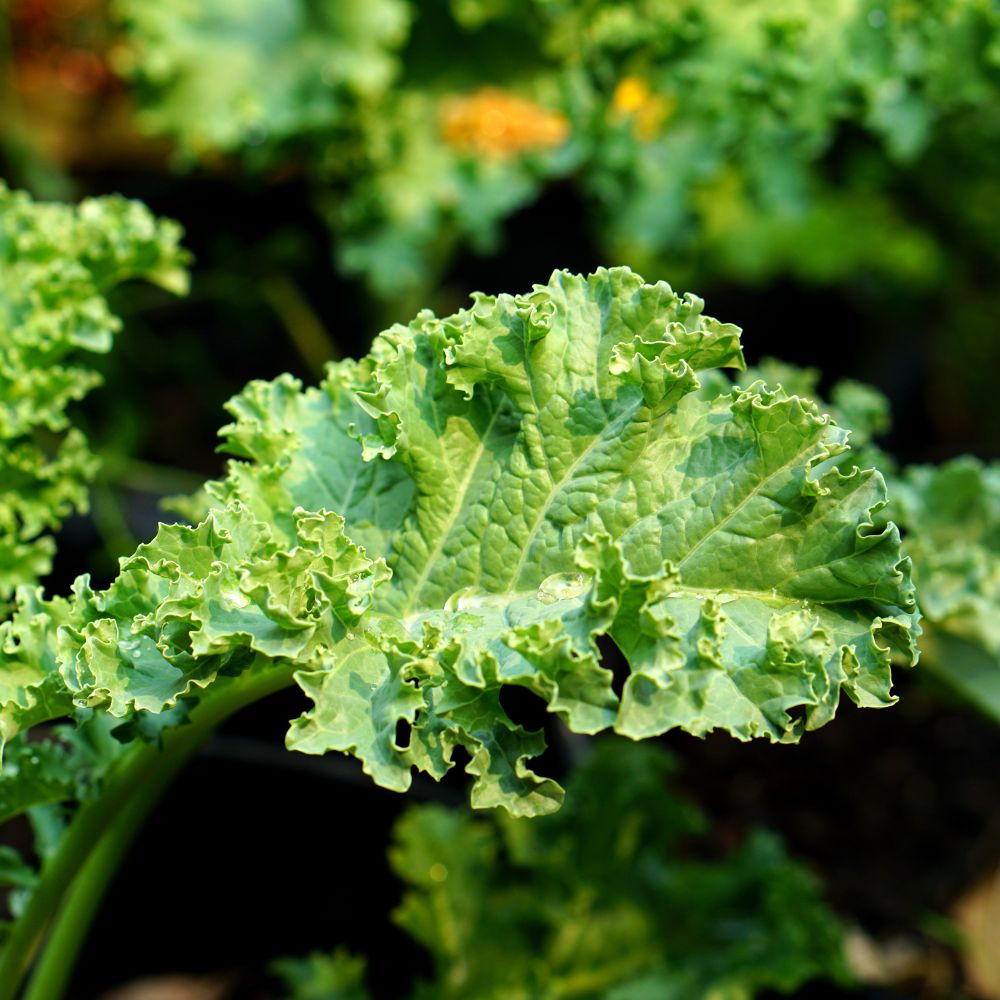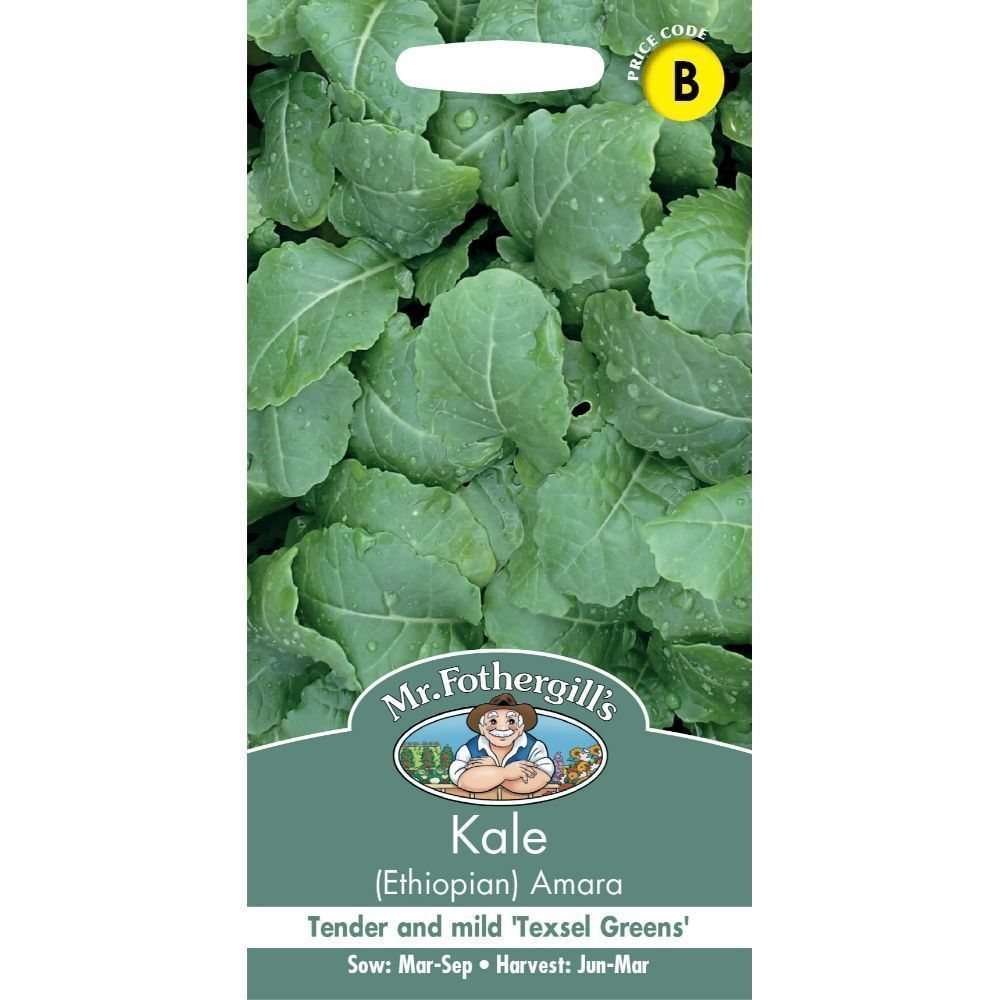Britain Get Growing August: It’s National Allotment Week!
2023 marks the 21st year of National Allotments Week, run by The National Allotment Society. This year, National Allotments Week will run from 7th-13th August with the theme of Soil Health so this month for Britain Get Growing, the experts at British Garden Centres take a look at what can be planted, the soil conditions as well as how you can care for your soil to ensure a bumper harvest!
What to plant in August
Kale
Kale can be sown directly into the soil in August. We recommend sowing this leafy vegetable 5mm (¼‘’) deep, spaced 45-60cm (18-24’’) apart in rows 75-90cm (30-36’’) apart. When plants are 5-8cm (2-3’’) tall, the kale can be cut and will re-grow so you will have a continuous crop well into the winter months.

Spinach
Spinach is easy to grow with a quick turnaround so ideal for August planting. Plant about 1in (2.5cm) deep and space the rows 1ft (30cm) apart. Spinach is a versatile crop for summer planting and can be planted in both pots and beds and will grow well in sun or partial shade. Keep picking regularly for a continuous crop right through to the autumn and winter months.

Winter Cabbages
Winter cabbages such as Supervoy and Tundra can be transplanted into the ground in August which will be ready to pick in a few weeks for your winter dishes. Plant ½ to ¾ inch below the soil. When you are watering, avoid the cabbage leaves and apply water directly to the roots to prevent causing the plant to rot. When the heads are firm, they are ready to harvest!

Late Potatoes
To have potatoes for Christmas Day, you’ll need to get them planted in August as they take 12 weeks until they are ready to be harvested. We recommend the varieties to grow for a festive crop are Charlotte, Duke of York, Maris Peer and Pentland Javelin.

Baby Carrots
Haven’t thought about growing carrots yet this year? There’s still time to begin growing baby carrots and harvest these beauties to enjoy over the coming months. Sow now for abundant winter casseroles, soups, and roasts to get these vitamin-packed vegetables ready to eat in the future. If successionally planted now, you will have a fresh crop for your Christmas dinner too!

Leeks
Leeks are best planted in their final positions in the ground in August.
Prepare planting holes 6in (15cm) deep. It is recommended to plant the seedlings two-thirds underground and one-third above ground level. Remember to water the hole after planting 8-12in (20-30cm) apart
Good late-maturing varieties include ‘Blauwgroene Winter Bandit’ and ‘Porbella’ which should be ready to harvest and eat in winter stews, Christmas dinner and beyond.

Know your soil
When growing and planting your vegetable plants in the summer, we recommend that you prepare the soil by restoring the nutrients removed by earlier crops. A light layer of compost will work mixed with an organic fertiliser and incorporating manure will result in moist, nitrogen-rich soil. Make sure you keep on top of weeds and check the pH of your soil is important because it determines which nutrients are available to your vegetable plants.
Root vegetables will thrive in soil with a pH around 6.0 to 7.0 whilst spinach also grows in slightly more alkaline soil than most vegetables (pH 6.5-7.5). If your soil is acidic, add finely crushed eggshells to raise the pH.

Tips for August
Kitchen Garden
- Prune fan-trained fruit trees.
- Harvest tomatoes, beans, courgettes, apples, plums, strawberries and cherries
- Cut herb garden to encourage new growth
- Remove strawberry runners to conserve the plant’s energy so it can concentrate on fruit production.
Pests
- Keep an eye out for the butterfly eggs on the leaf of brassicas
- Keep a lookout for blight on your potatoes and tomato plants. If you suspect your plant is diseased, remove and destroy any infected plants to stop it spreading.
- Fruit is ripe and birds are hungry so use netting to protect soft fruit and berries from avian visitors.


































